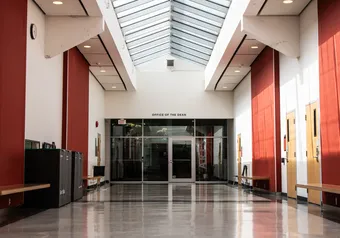Ten years since the introduction of the Educational and Leadership (EL) stream at UBC, a report was released outlining the stream’s impact as well as five key recommendations for growth.
Established in 2012, the EL stream was an alternative to the research stream, allowing career progression to tenure for professors focusing on teaching. Members of this stream were expected to engage in “educational leadership” and the stream encouraged faculty to create “impact beyond your classroom to distinguish it from traditional teaching.”
The report, published in November and led by the Provost Office, outlines possible improvements around the stream's support systems, workload and equity, esteem and other areas.
In the last decade, faculty appointments to the stream roughly doubled and 58 per cent identify as female, compared to only 41 per cent in research. The report uses quantitative and qualitative data from 24 structured interviews with current and former UBC leadership to conclude that the establishment of the stream contributed positively to teaching quality, curriculum innovation and broader student experience at the university.
In an interview with The Ubyssey, Vice-Provost and Associate Vice-President of Teaching and Learning Simon Bates said “in many institutions, education focused roles and teaching focused roles are seen as kind of second-class citizens within the academy. [Education roles have] higher workloads, less opportunity to influence the strategy or direction of a department or faculty. And I think [the EL stream ] really sets us apart.”
According to Bates, UBC has received more National Teaching Fellowships than any other institution in the last 10 years.
Bates also emphasized the importance of the EL stream in the wake of the COVID-19 pandemic and the growth of generative AI, which will require professors to rethink their curriculum.
“We could never have gotten through COVID in the way that we did without these people in these educational leadership roles,” said Bates.
However, the report also highlights a continued disparity between the perception of esteem and value given to EL roles, compared to research roles.
In response, Bates said “culture change is very slow within institutions. I think there is a gradual improvement. More and more of these faculty are seen as equal peers. So I think it’s still a work in progress.”
“[UBC was] one of the first Canadian institutions to introduce these roles. We are different. There is a higher culture of accepting teaching and learning as part of the core academic mission of the institution.”
First online
Share this article








